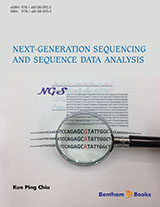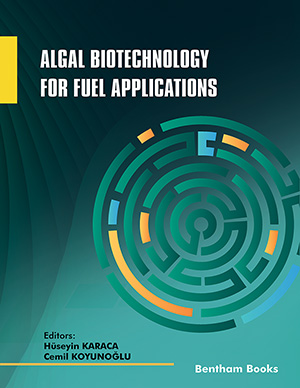Abstract
Next Generation Sequencing (NGS) provides researchers with an unprecedented opportunity to produce a large volume of DNA sequences quickly, and is one of the fundamental methods for high-throughput genomic studies. Currently, the most widely-used NGS platforms are Illumina, Roche 454 and SB SOLiD. These platforms differ in the chemistry used in the sequencing process and the length of sequencing read generated. Each platform has its own strengths and weaknesses. In particular, the required length of the sequence read to be generated plays an important role when designing an experiment. For example, a longer read length would be needed in the assembly of a novel genome, while throughput-maximizing PED-based techniques would be better-suited when shorter reads will suffice.





















